TABLE OF CONTENTS
Learn how to extract CBD from hemp. Cannabidiol (CBD) products are a popular natural medicine used for various diseases and symptoms. CBD is one of over 100 cannabinoids found in the cannabis plant (Cannabis sativa). CBD is non-intoxicating and produces relaxing effects.
CBD products are made by extracting CBD from the cannabis plant and used to create a wide range of products, including edibles, extracts, vape cartridges, tinctures, and topicals. Here is how you can extract CBD oil from the hemp plant at home and in a licensed extraction facility.
What Is Hemp Flower Extract?
Hemp flower extract refers to a cannabis concentrate made from the hemp plant, a variety of cannabis that must legally have under 0.3% THC by dry weight. Hemp-derived CBD extracts do not contain enough THC to get users high or fail a drug test.
Full-Spectrum
Full-spectrum CBD refers to a cannabis extract containing the entire range of chemical compounds, including cannabinoids, terpenes, and flavonoids. Full-spectrum products are thought to produce an “entourage effect” where the compounds work better together than alone.
Broad-Spectrum
Broad-spectrum CBD refers to a cannabis extract that contains every cannabinoid, terpene, and flavonoid originally found in the plant material, except for the THC. Broad-spectrum CBD products contain 0% THC.
Isolate
CBD isolates are cannabis extracts that only contain CBD. CBD isolates do not have any other cannabinoids or terpenes. CBD isolate crystals can be combined with liquid terpenes to create an extract known as “terposolate.”
CBD Extraction at Home
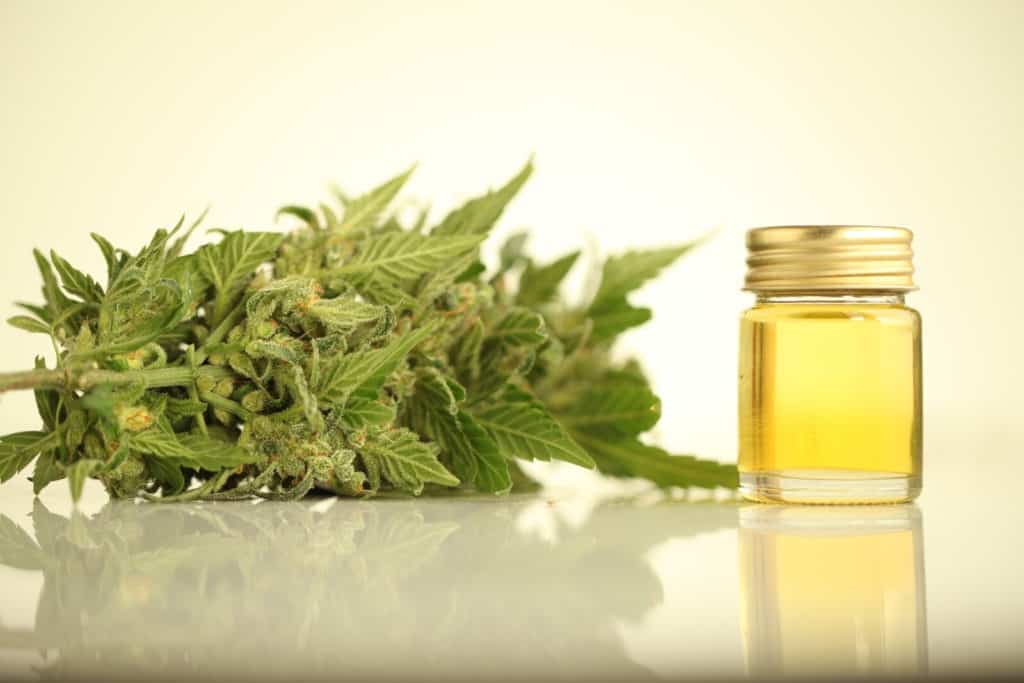
Extracting CBD from hemp is an easy and affordable project for home growers who can legally grow indoors or outdoors. At home, you can extract CBD using hemp flower and high-proof ethanol (190 proof grain alcohol). Do not use rubbing alcohol because it is harmful to ingest.
Ethanol-based cannabis tinctures are a popular product that can be made at home. The ethanol extracts waxes, lipids, and chlorophyll, as well as cannabinoids. Research studies suggest the full spectrum of extractable compounds provides a synergistic health benefit.
Here is an extraction method you can use to make CBD tinctures from hemp:
- Decarb the cannabis in the oven.
- Put the prepared marijuana in an airtight jar.
- Pour ethanol into the jar containing cannabis. Be sure to completely submerge the flower in ethanol.
- Allow the ethanol and cannabis mixture to sit for at least 24 hours or up to three months. Shake the jar every day to dissolve every last bit of hemp resin. The mixture can appear green or brown due to the extracted chlorophyll.
- Strain the mixture through coffee filters and a funnel into an opaque dropper bottle. Store the tincture in a cool, dry, and dark place.
Explore more cannabis tinctures recipes with our helpful blog post.
How to Extract CBD from Hemp: Solventless Extraction
Solventless extraction methods can be used to create hemp-derived CBD extracts. Solventless techniques include dry sifting, rosin pressing, and ice water/bubble hash extraction. Solventless extraction methods create CBD kief, hash, and rosin.
How to Extract CBD from Hemp: Solvent-Based Extraction
Solvent-based hemp extraction uses chemical solvents such as ethanol and carbon dioxide to strip the plant’s desired components.
Solvent-based extractions are performed in a licensed and lab-grade facility using closed-loop extraction equipment that completely contains and recycles the solvent.
Commercial hemp extraction facilities must have the proper safety measures such as ventilation and gas detection systems to reduce the risk of fire, explosion, or other safety hazards.
CO2 Extraction
Carbon dioxide (CO2) extraction uses carbon dioxide in its supercritical state as a solvent. Supercritical carbon dioxide has characteristics of a liquid and gas, which makes it great for diffusing through and soaking all of the plant material.
Winterization may be performed to remove the crude CBD oil's lipids and other undesirable components. Subcritical CO2 extraction requires lower operating temperatures and pressures than supercritical CO2 extraction and is able to extract more of the plant’s heat-sensitive terpenes.
“
There are over 300,000 jobs in the cannabis industry. CTU trained me for one of them!

Makes $24.50 @ THC +
Ethanol Extraction
Ethanol is one of the most commonly used solvents for large-scale hemp extraction. In a closed-loop extraction system, the hemp material is soaked with cold ethanol to separate the chemical components. The crude oil is purged from the residual solvent. Ethanol can also be used to create CBD tinctures at home.
Coconut Oil/Olive Oil Extraction
Coconut oil/olive oil extraction can quickly be done at home with decarbed cannabis. Olive or coconut oil is mixed with the decarbed cannabis and heated on the stove for hours. Over time, cannabinoids and terpenes will bind to fats in the oil. After extraction, the olive oil and cannabis mixture is left to cool and then filtered to separate the plant matter from the infused cooking oil.
Become a Cannabis Extraction Expert at CTU
Are you interested in learning how to become a professional cannabis extraction technician? Whether you want to make homemade edibles at home or land a job in the cannabis industry, our Master of Marijuana Program gives you the knowledge you need to grow your hobby or career. Enroll in CTU today!


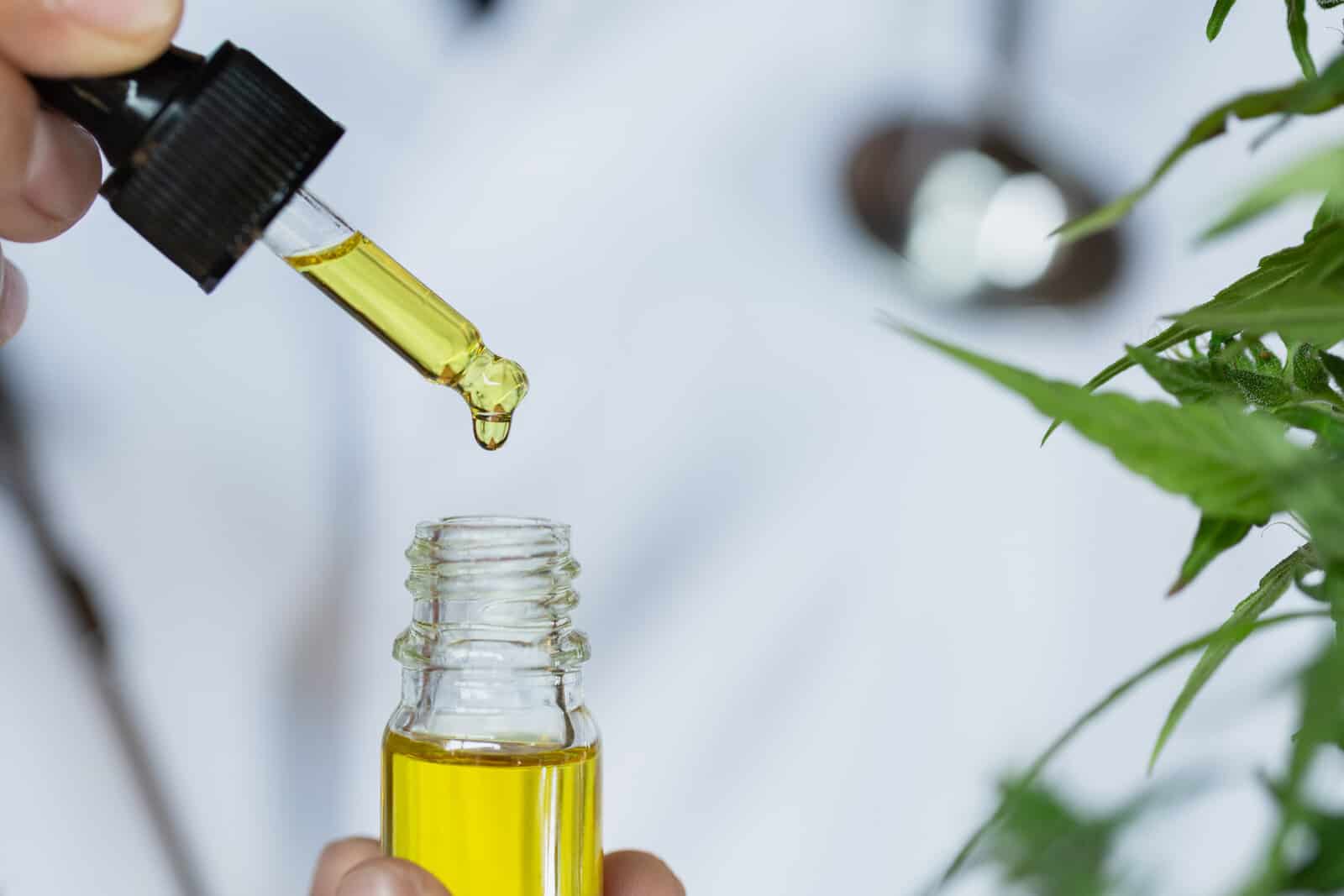


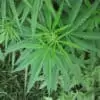
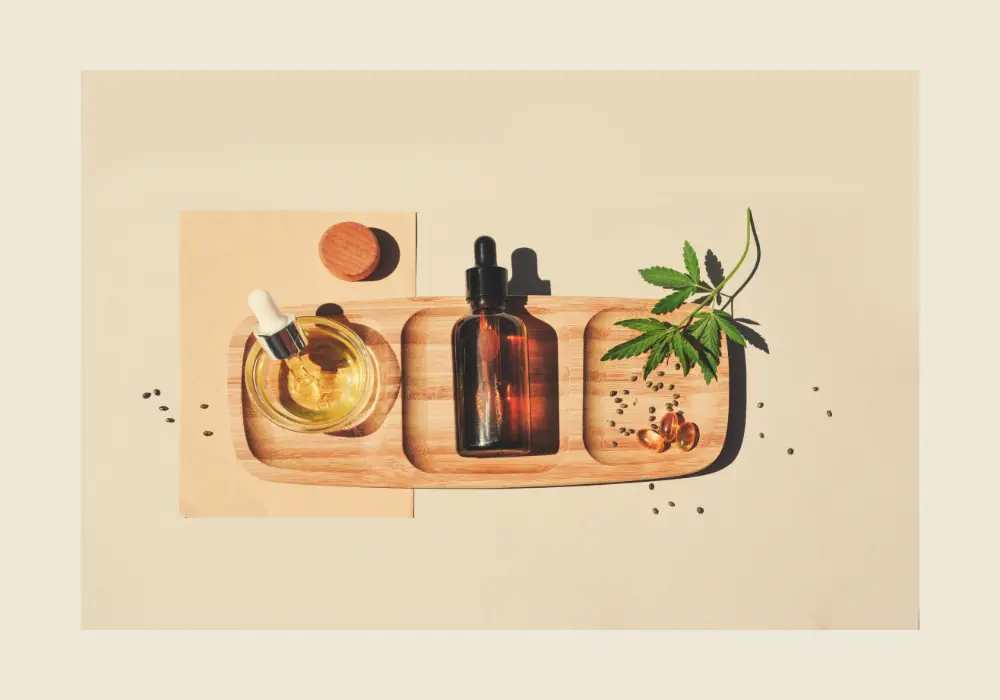



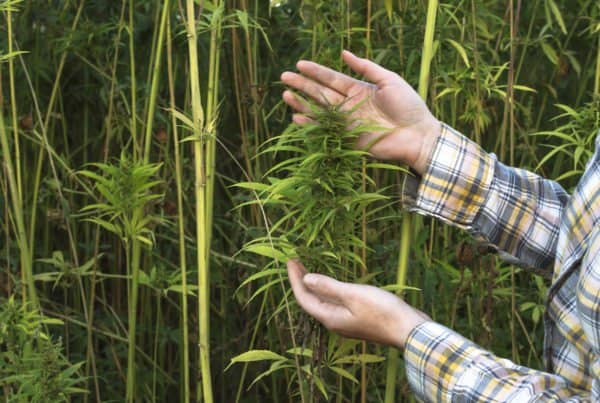

 Jeff was involved in an accident where he endured a traumatic brain injury. He had a week-long stay in ICU where brain surgeons
Jeff was involved in an accident where he endured a traumatic brain injury. He had a week-long stay in ICU where brain surgeons  100% risk free money back guarantee within 48 hours after purchase if student has not completed any of the courses or exams.
100% risk free money back guarantee within 48 hours after purchase if student has not completed any of the courses or exams.